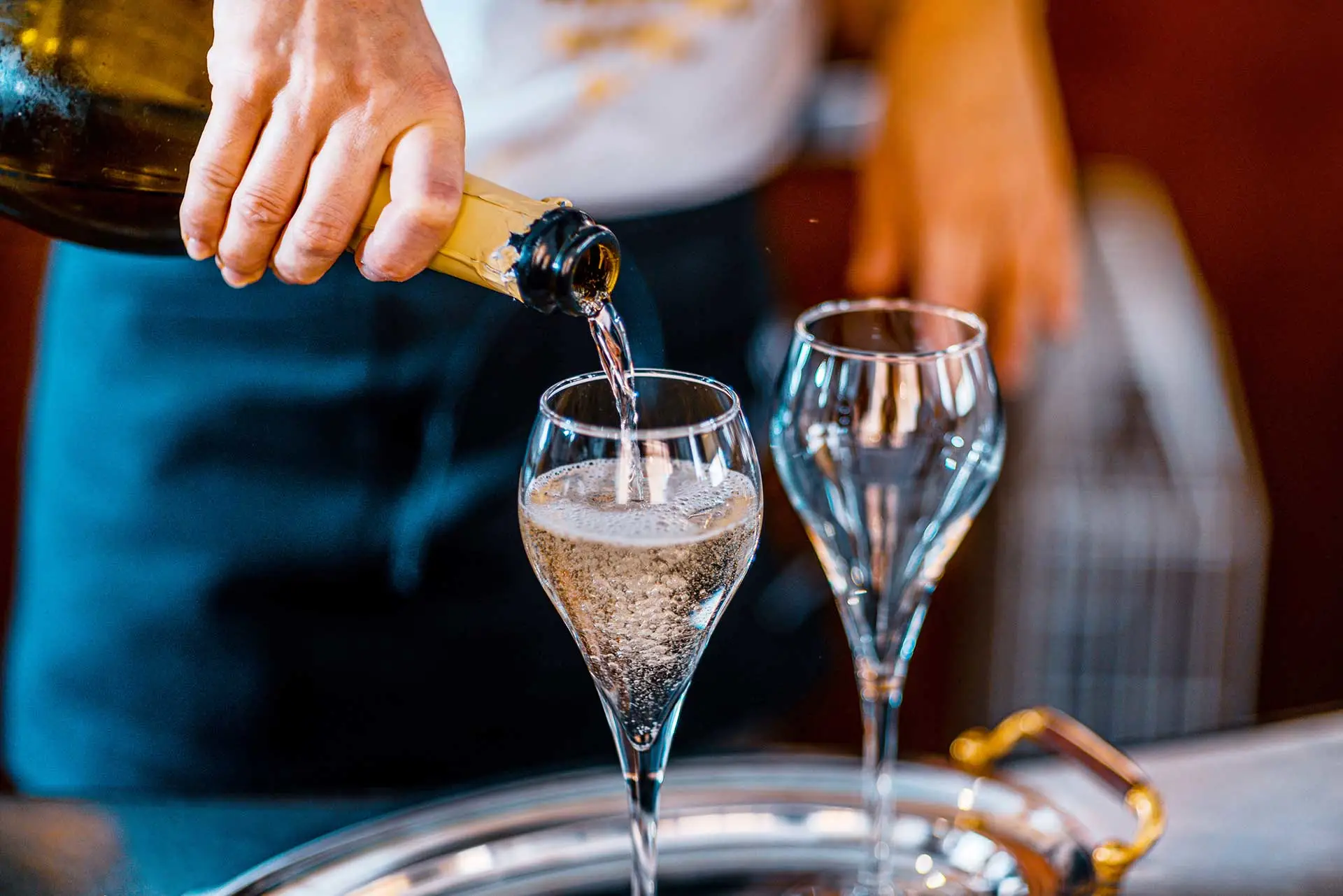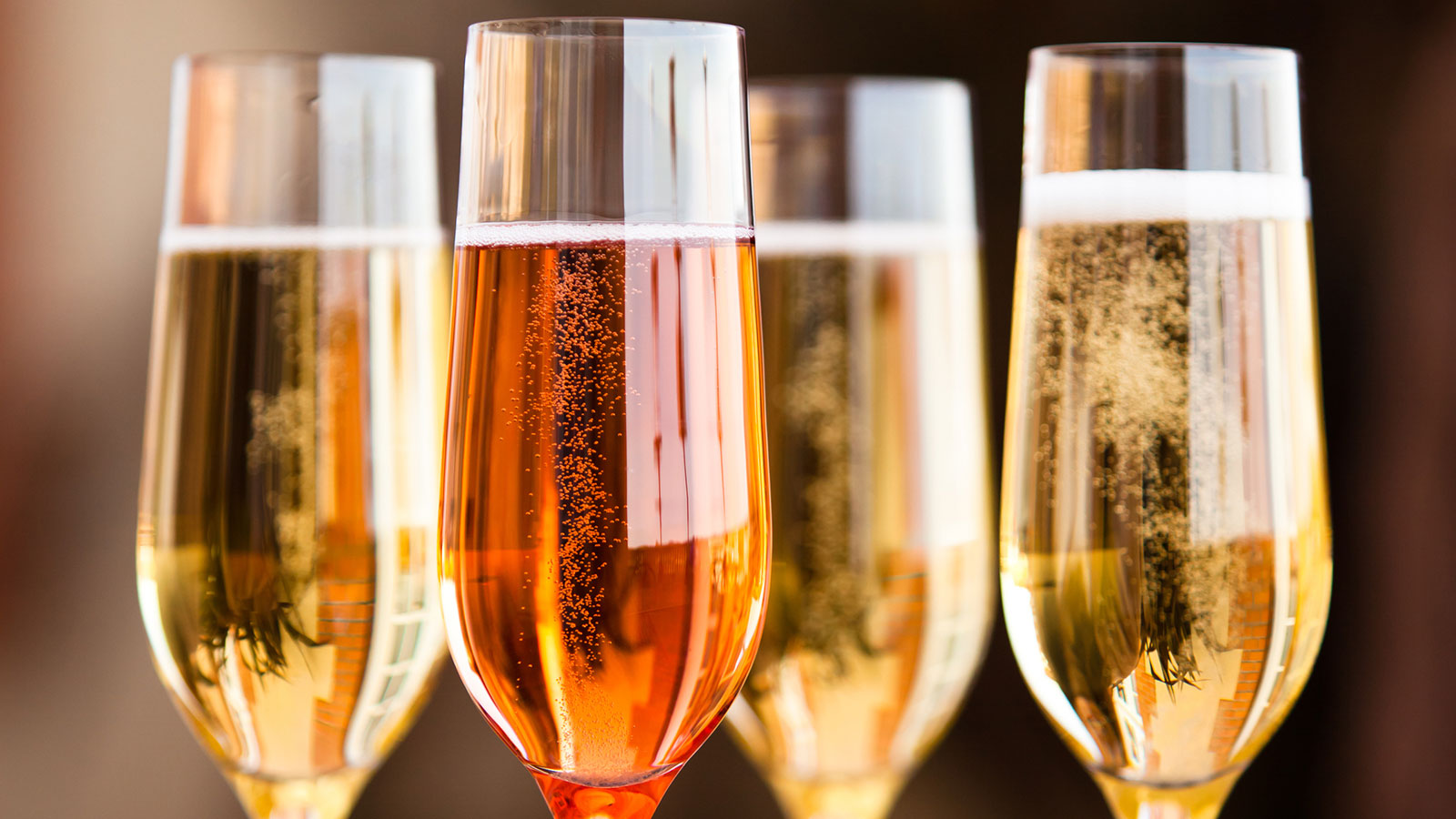The world of sparkling wine offers two magnificent stars: Champagne and Prosecco. While both create that magical fizz that transforms ordinary moments into celebrations, these effervescent wines are distinctly different in origin, production, and character. Champagne, the prestigious French sparkling wine, has long been synonymous with luxury and special occasions.
Meanwhile, Prosecco, Italy’s vibrant contribution to the sparkling wine world, has rapidly gained popularity as an approachable, everyday bubbly. Understanding their differences helps wine enthusiasts make informed choices for various occasions, whether planning an intimate dinner or a grand celebration. From production methods to flavor profiles, grape varieties to price points, these two sparkling wines offer unique experiences that cater to different preferences and budgets.
Geographic Origins and Grape Varieties
Champagne originates exclusively from the Champagne region in northern France, where strict regulations ensure only wines produced in this specific area can bear the prestigious Champagne name. The primary grape varieties used are Chardonnay, Pinot Noir, and Pinot Meunier, though seven varieties are technically permitted. This combination creates the foundation for Champagne’s complex character.
Prosecco hails from the Valdobbiadene region in Veneto, northern Italy. It’s predominantly crafted from the Glera grape (formerly called the Prosecco grape), which contributes to its distinctive fresh, fruity profile. The geographic protection for Prosecco was established in 2009, making it a relatively recent designation compared to Champagne’s centuries-old tradition.
Production Methods: Traditional vs Tank Method
The production methods represent the most significant difference between these sparkling wines. Champagne employs the traditional méthode champenoise, where secondary fermentation occurs directly in the bottle. This labor-intensive process involves aging the wine on dead yeast cells (lees) for months or years, followed by riddling, disgorgement, and dosage. This extended contact with yeast creates Champagne’s signature complexity and fine, persistent bubbles.
Prosecco uses the faster, more economical Charmat or tank method. Secondary fermentation takes place in large stainless-steel tanks before the wine is filtered and bottled. This method preserves the fresh fruit character of the Glera grape while creating larger, less persistent bubbles.
Flavor Profiles and Characteristics

Champagne delivers complex flavors with notes of citrus fruits, green apple, white flowers, and distinctive brioche or toast characteristics from lees aging. The wine typically exhibits high acidity, creamy mousse, and evolving flavors that can range from fresh and vibrant in young wines to rich and nutty in aged vintages.
Prosecco offers a fresher, more straightforward profile with notes of apple, pear, peach, apricot, and white flowers. It’s characterized by a lighter body, softer acidity, and immediate fruitiness that makes it exceptionally approachable. The wine’s simplicity is part of its charm, providing easy-drinking pleasure without overwhelming complexity.
Bubbles and Effervescence
The bubble quality differs significantly between these wines. Champagne produces fine, persistent bubbles that form elegant streams and create a creamy texture. The high pressure (around 6 atmospheres) and extended fermentation contribute to this characteristic.
Prosecco features larger, less persistent bubbles that rise quickly and dissipate faster. With lower bottle pressure (3-4 atmospheres), Prosecco’s effervescence provides a lighter, more immediate sensation.
Price and Occasion Suitability
Champagne commands higher prices due to its time-intensive production method and luxury positioning. It’s traditionally associated with special occasions and celebrations, making it the go-to choice for milestone moments.
Prosecco offers excellent value, making it perfect for casual gatherings, everyday enjoyment, and cocktail mixing. Its affordability has contributed to its popularity, with British consumers becoming the world’s biggest Prosecco drinkers.
Both wines serve different purposes in the sparkling wine world, offering unique experiences that cater to various preferences, occasions, and budgets.


